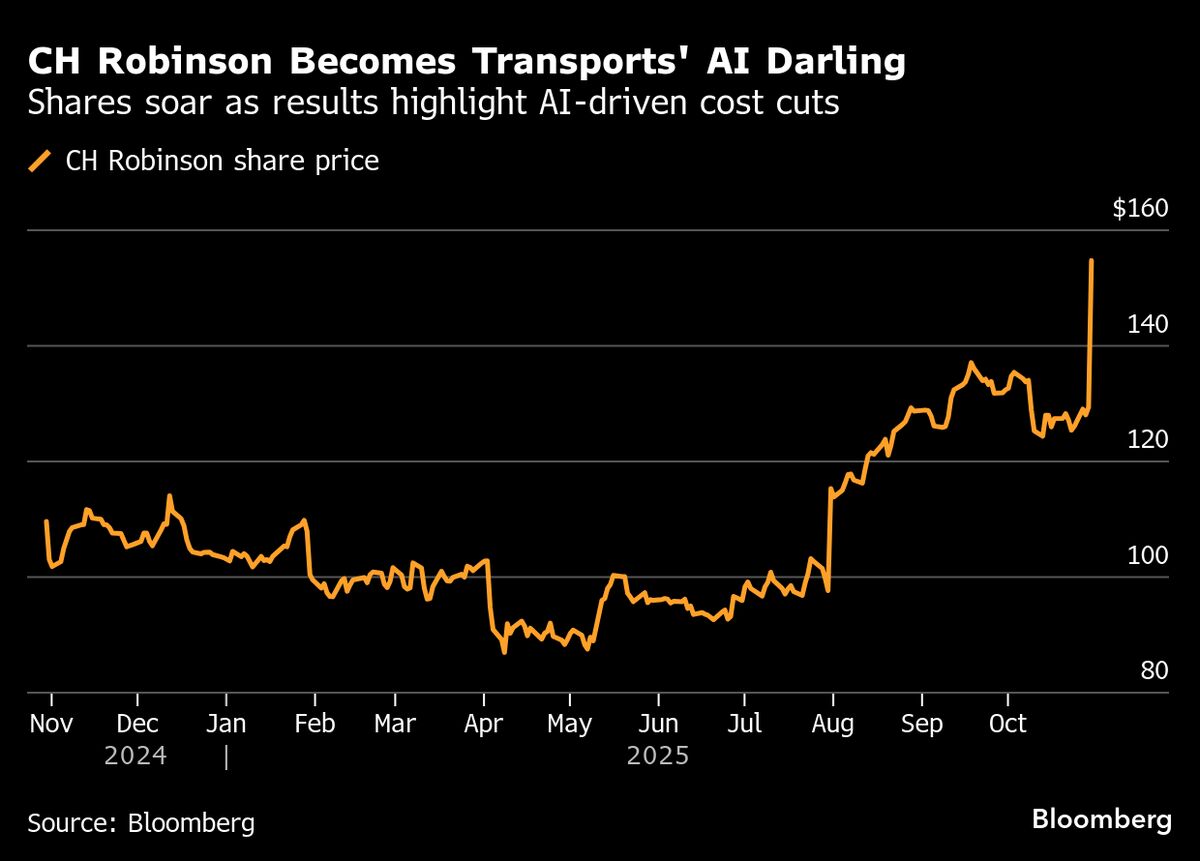Neighborhood Feature Pooling for Remote Sensing Image Classification
PositiveArtificial Intelligence
A new method called neighborhood feature pooling (NFP) has been introduced for remote sensing image classification, enhancing texture feature extraction. This innovative approach captures relationships between neighboring inputs and aggregates local similarities effectively. By integrating NFP into existing networks, researchers can achieve improved results compared to traditional baseline models. This advancement is significant as it could lead to more accurate interpretations of remote sensing data, benefiting various applications such as environmental monitoring and urban planning.
— Curated by the World Pulse Now AI Editorial System


